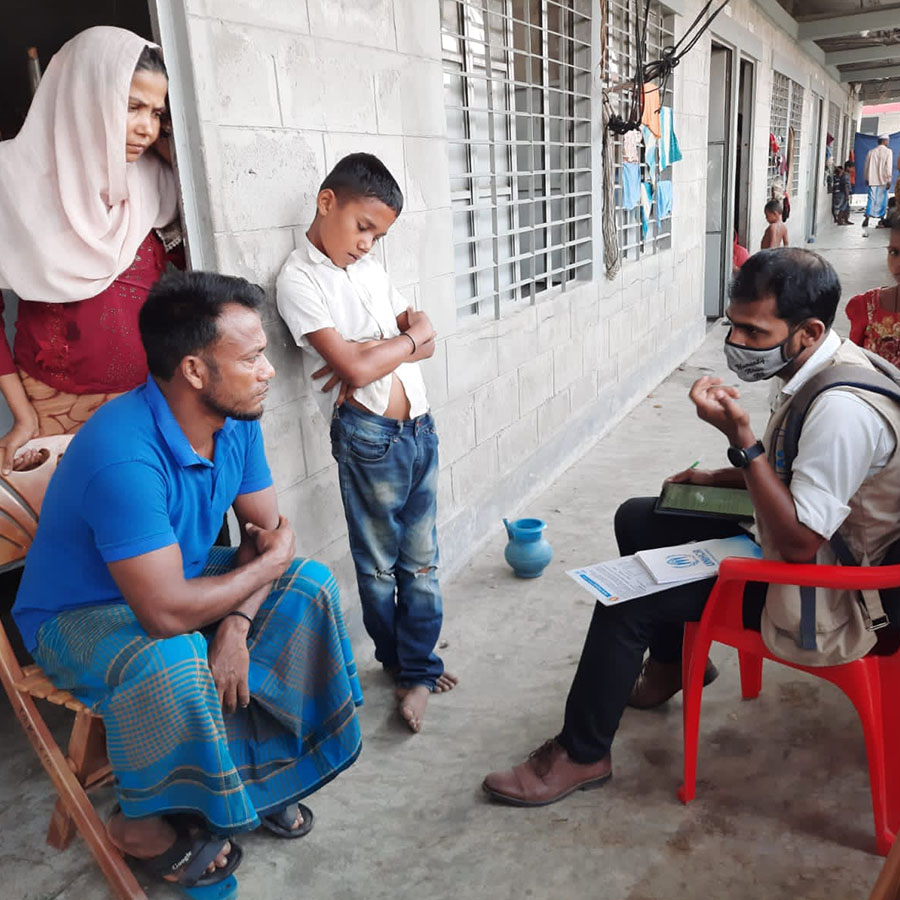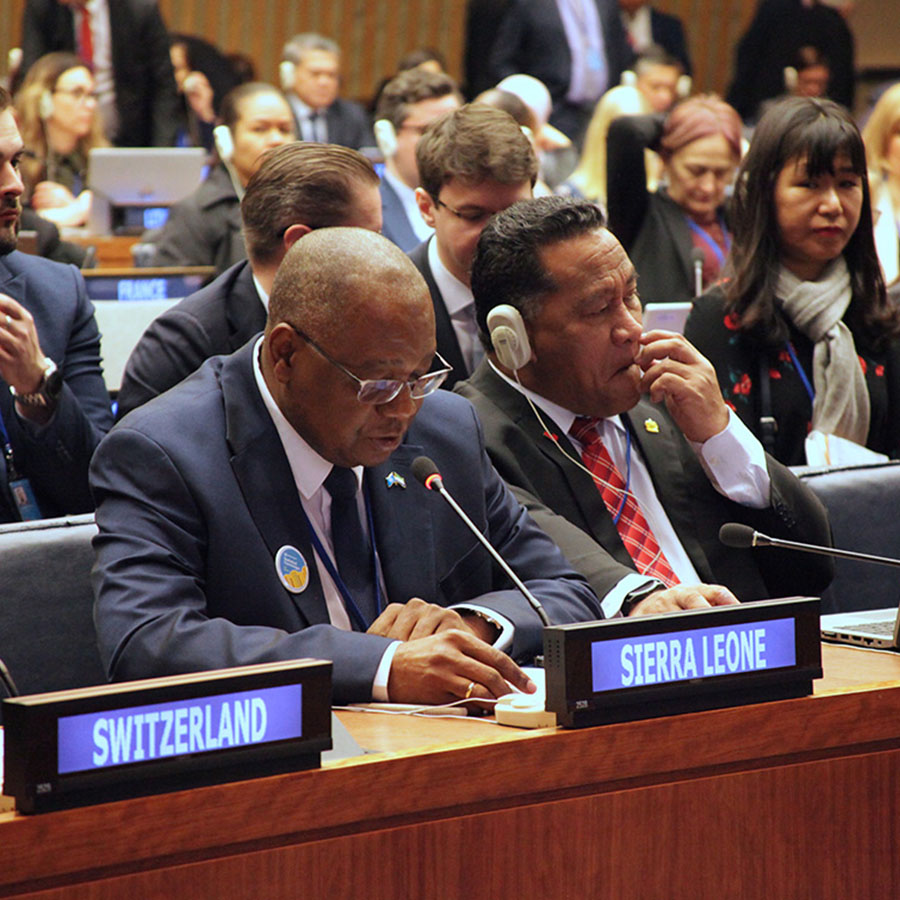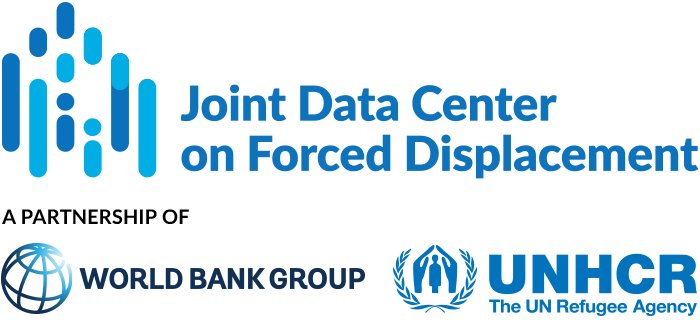Data activities: Data collection, systems & standards
The JDC aims to improve the availability socioeconomic data and evidence on populations affected by forced displacement through a range of activities that improve the quality of data analysis and production.
Data Collection and Surveys
The JDC aims to foster and produce quality socioeconomic data and analysis to improve development policy and humanitarian response.

Bangladesh. Joint initiative to enhance KoBoToolbox for data collection and analysis in displacement contexts. © UNHCR

Tunisia. Registration is a key protection tool for refugees and asylum-seekers. © UNHCR/Peter Horton
Data systems and tools
Through the development of innovative tools and methods, the JDC aims to improve the quality and availability of data on populations affected by forced displacement.
Data standards and governance
JDC aims to strengthen national and international data standards by supporting the development development of recommendations on data governance.

UNDESA at the UN Statistical Commission Meeting in 2023


